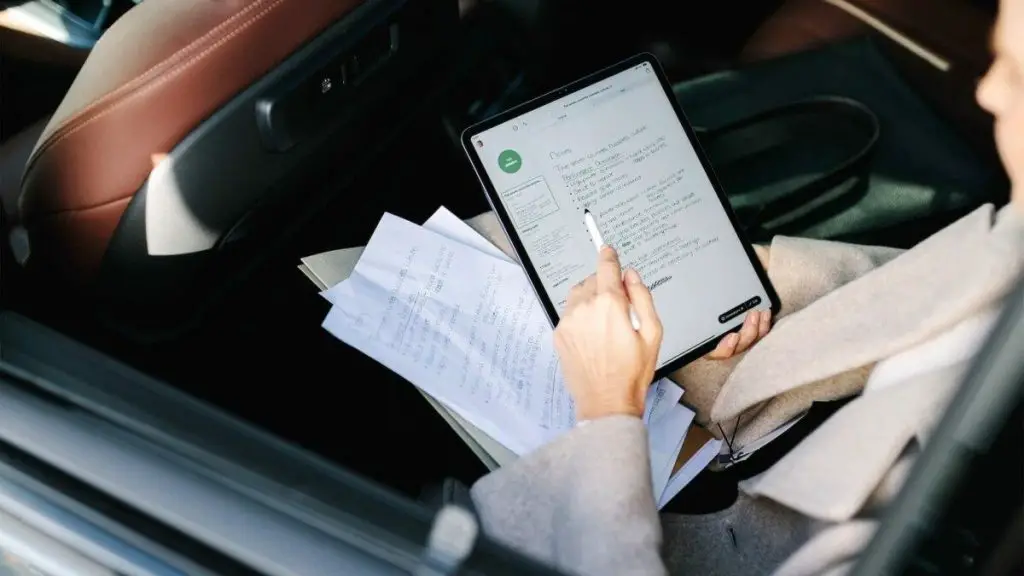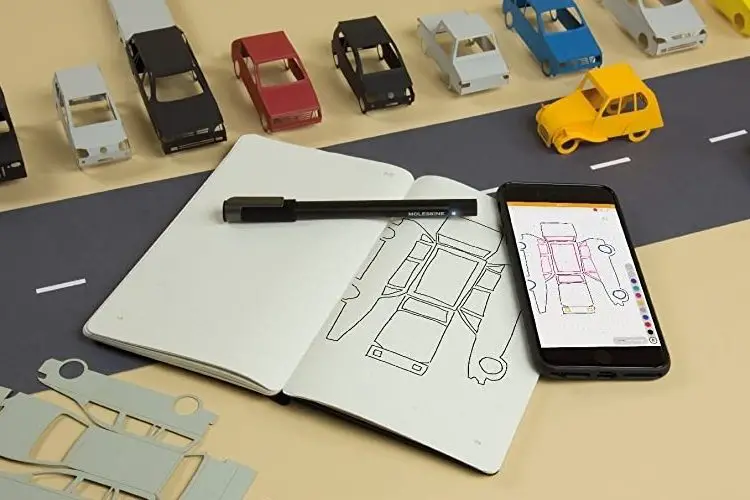
The traditional method of taking notes with pen and paper is evolving with the introduction of smart pens and digital notebooks. These innovative tools combine handwriting with digital technology, offering students a more efficient, organized, and interactive way to record and review their notes. Similarly, advancements like blockchain technology are transforming online certifications and degrees by providing secure, verifiable, and tamper-proof academic records.
Enhancing Note-Taking Efficiency
Smart pens, such as the Livescribe Echo and Neo Smartpen, use built-in sensors to digitize handwritten notes in real-time. When used with special smart notebooks or apps, these pens can convert handwritten text into searchable digital files, making it easier for students to organize and retrieve important information.

Many smart notebooks, like the Rocketbook and Moleskine Smart Notebook, allow students to write using traditional ink and then upload their notes to cloud storage platforms like Google Drive, OneNote, and Evernote. This eliminates the risk of losing important notes and enables access from any device. This seamless integration reflects how cloud computing is revolutionizing education accessibility by allowing students to retrieve and manage their learning materials anytime, anywhere, regardless of physical or geographical limitations.
Improving Learning and Retention
Smart pens offer additional features that enhance learning, such as audio recording. For example, the Livescribe pen records lectures while students take notes, syncing the audio with their handwriting. This allows students to play back specific parts of a lecture by tapping on their notes, making it an excellent tool for reviewing complex subjects.

Additionally, digital handwriting recognition allows students to transform handwritten notes into editable text, giving them the flexibility to organize, highlight, and expand their content as needed. This adaptability supports better understanding and memory retention by letting students tailor their notes to fit their individual learning preferences. In a similar vein, the growing role of robotics in STEM education is reshaping how students engage with science and technology, offering hands-on experiences that enhance learning through interactive problem-solving and innovation.
Challenges and the Future of Smart Note-Taking
Despite their benefits, smart pens and notebooks have some drawbacks. High costs, battery dependency, and compatibility issues can limit their accessibility. Some models require specific paper or apps to function properly, which may not be convenient for all students.
However, as technology advances, smart note-taking tools are becoming more affordable and widely compatible with various digital platforms. Future innovations may include AI-powered summarization, voice-to-text integration, and even real-time language translation, further enhancing the way students capture and review information.
Conclusion
Smart pens and notebooks are transforming the way students take notes by combining traditional handwriting with digital convenience. With features like real-time digitization, audio syncing, and cloud storage, these tools enhance organization, learning, and accessibility. As technology continues to evolve, smart note-taking solutions will become even more powerful, making studying more efficient and effective for students worldwide.